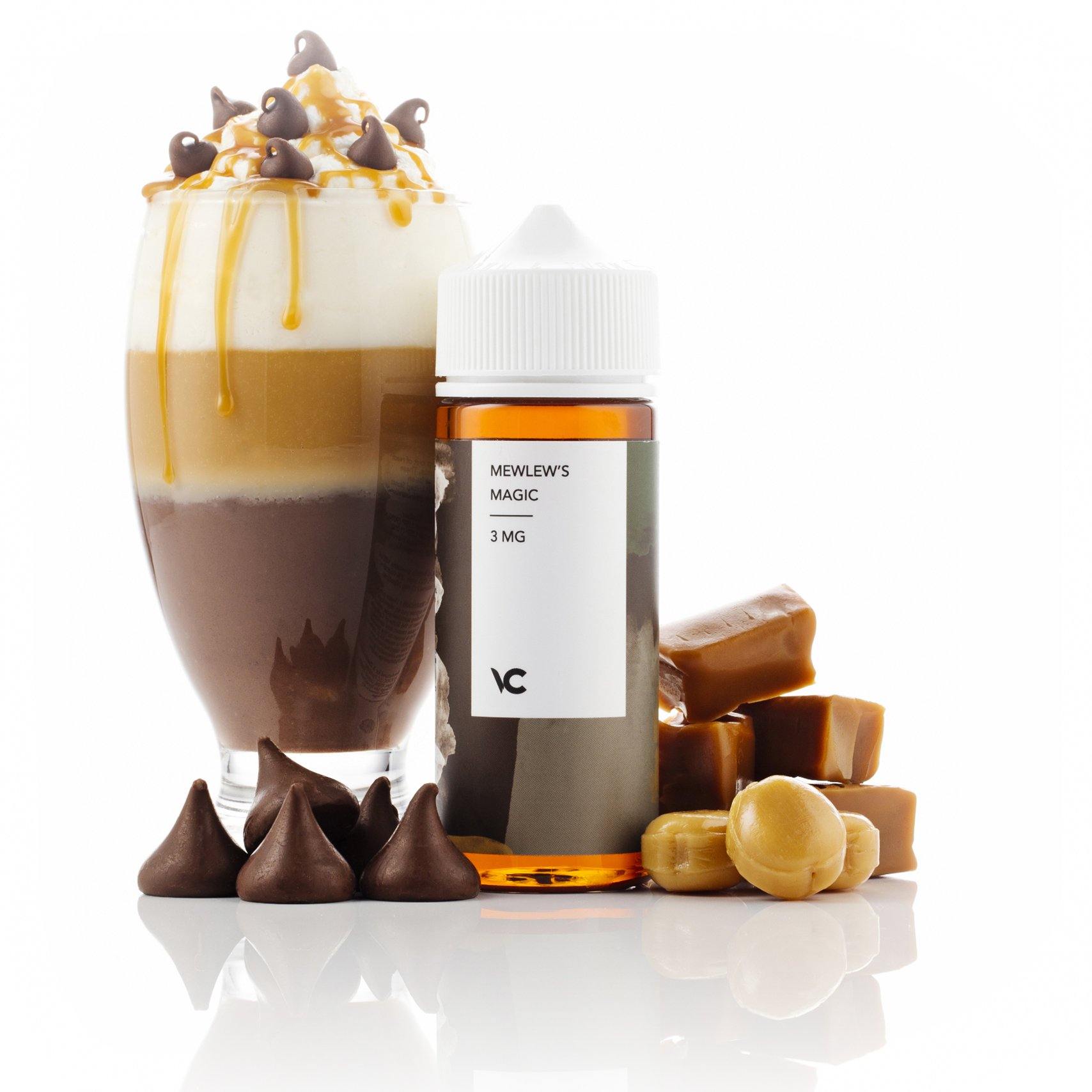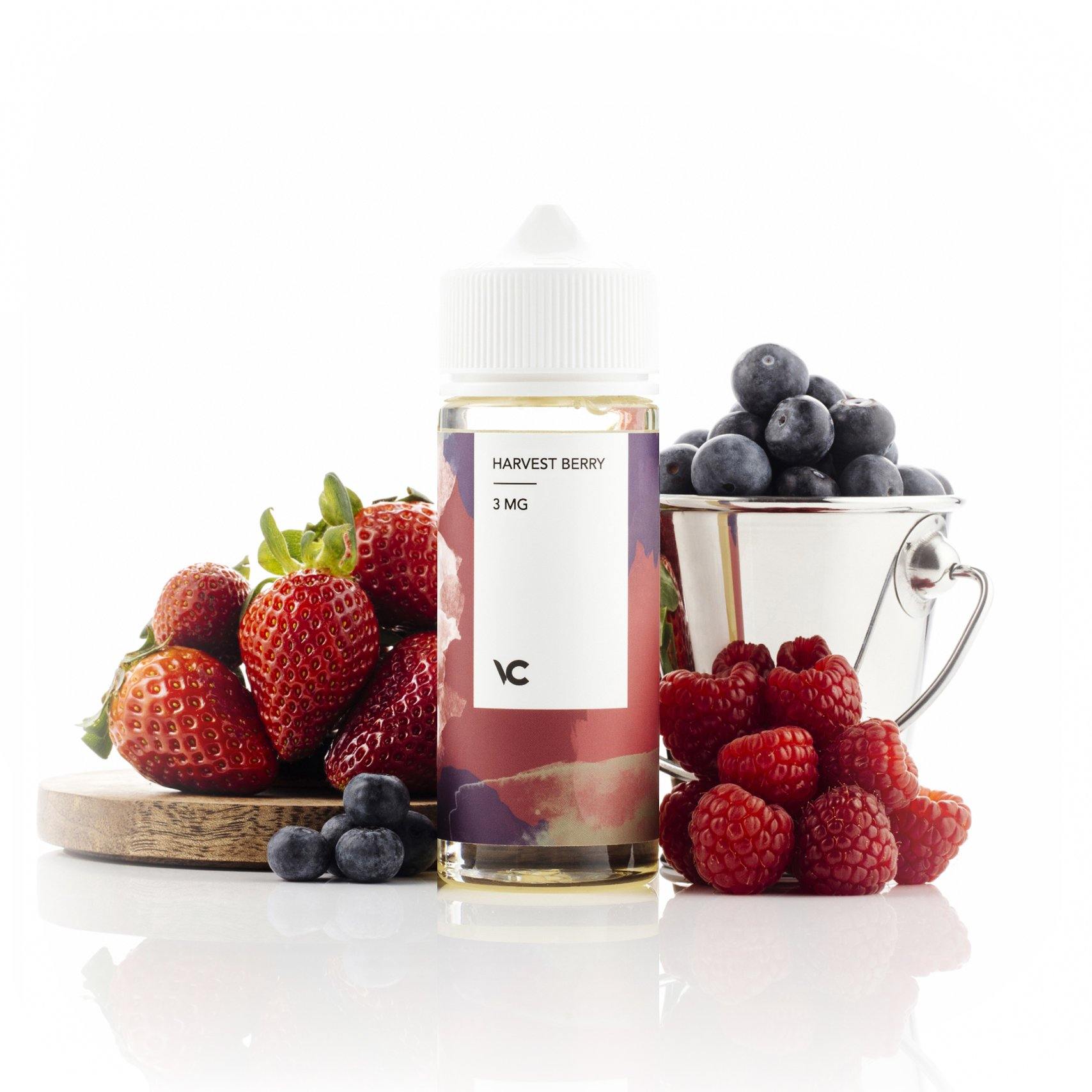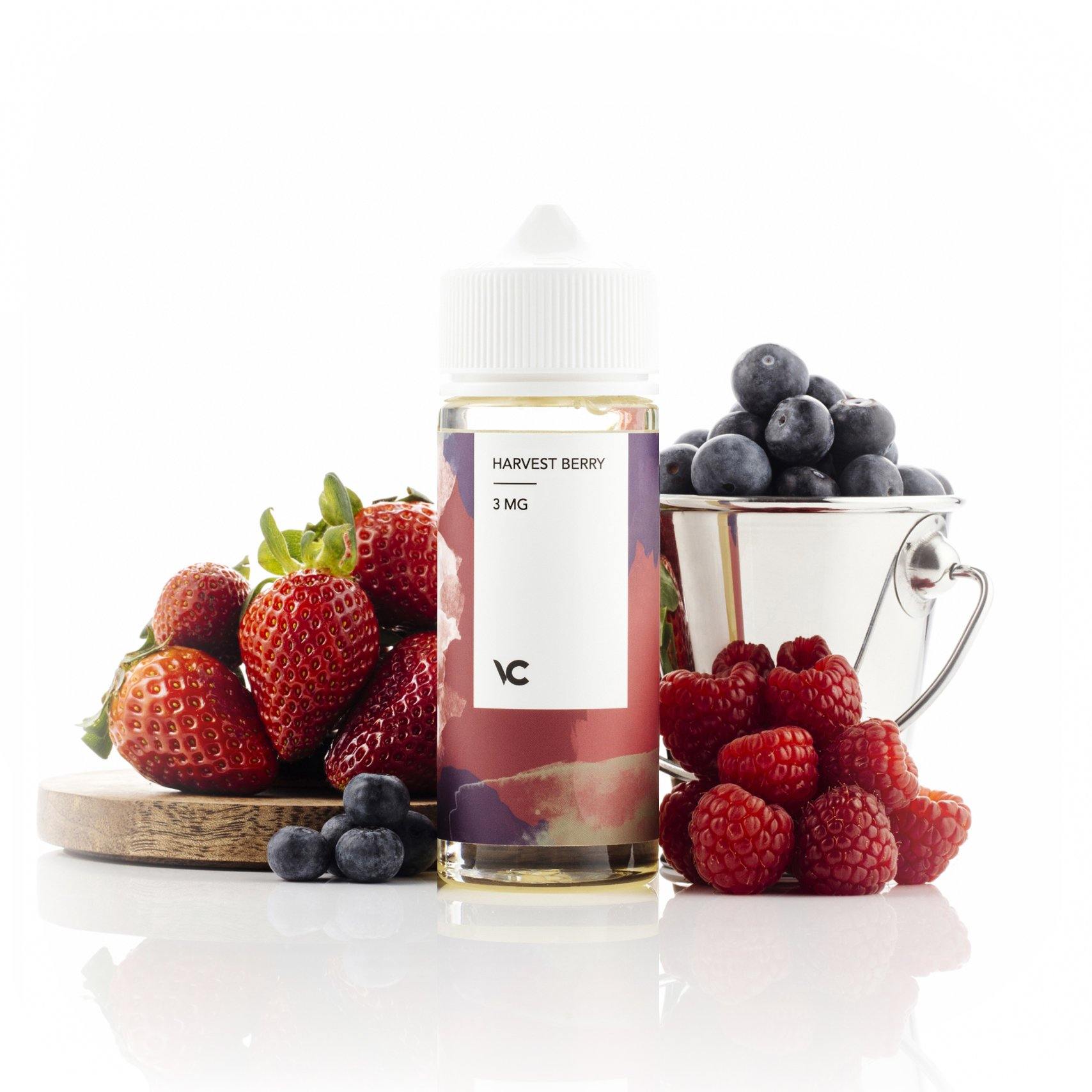What is JUUL?
Have you heard? Apparently, JUUL's the big new thing. It's vaping gone brand name. JUUL even got a feature article exploring its rise in The New Yorker, where one kid is quoted calling it 'juuling', and the author follows suit.
Among more experienced vapers, opinions on JUUL can vary; when you break it down, the device and the pods that go with it are just another form of vaping, and people who know what they're doing can decide for themselves if JUUL is what they want. Vapers with their own atomizers and e-liquid preferences may not be interested, but JUUL is easy to use, and it brings more people into vaping.
It's worth writing about, though, because JUUL has two very real drawbacks: the nicotine level and the price.
The Drawbacks of JUUL
Why are Nicotine Levels Important?
Let's talk about nicotine first, because it matters to all of us. Nicotine is part of most vaping liquids because the whole movement—e-cigs, vaping, anything along those lines—was created to help people stop smoking. Even if a vaper uses the same level of nicotine as the cigarettes she used to smoke, and doesn't taper, vaping is a healthier alternative to smoking.

However, nicotine is an addictive substance, and a huge number of people vape so they can effectively taper off their nicotine habit, either to zero or just a reduced level. The withdrawal symptoms—nausea, headaches, anxiety, sweating, and so on—have thwarted countless attempts to stop smoking, so it makes sense to use a method for adjusting nicotine intake to minimize those symptoms while breaking the addiction.
JUUL Nicotine Levels
JUUL pods, however, come with just one level of nicotine: high. At 50 mg of nicotine per mL of liquid, each JUUL pod has nicotine equal to a pack of cigarettes. Not one cigarette, one pack. It's not designed for tapering, it's designed for people with a habit. It continues the nicotine addiction of anybody who already has one, and will create an addiction in anybody who doesn't. For the first audience, that's fine, but for the second—new users—it creates some of the same issues that came with nicotine addiction via cigarettes. The fact that this high dose of nicotine comes without tar being dumped into your lungs is a consolation prize at best; one of the major strengths of vaping for people who never smoked cigarettes is the ability to start at a low dose of nicotine, if any, and tune it to what they find enjoyable.
In addition, the nicotine level of JUUL pods has earned the ire of some high-level politicians. As the New Yorker article states,
"In April, eleven senators, including Chuck Schumer and Elizabeth Warren, sent an open letter to Juul Labs... asserting that Juul's products are 'putting an entire new generation of children at risk of nicotine addiction and other health consequences.'"
While people are welcome to vape as they wish, if this high level of nicotine continues finding its way into teenagers' hands, more rules and regulations will likely be applied to vape products, which increases costs for all of us.
The Price of JUUL
Wait... They're That Small?!?!
All of this fuss is over a little, 0.7 mL pod.
That's right - JUUL pods contain less than one milliliter of liquid. Compare that to open bottle products with 60 mL or more of juice. You can buy a bottle of e-liquid made with natural and organic ingredients whenever possible, with no added sugar, preservatives, or sweeteners, that is nearly one hundred times the size of a JUUL pod for $25, sometimes less—far below one hundred times a JUUL pod's price.
Open bottle e-liquid also has less nicotine than a JUUL pod, generally 12 mg/ML or less. That doesn't mean you can't get as much nicotine in total out of open bottle liquid, just that it takes more puffs. This isn't a huge issue for most vapers; if anything, they like the fact they can vape for longer without getting excessively wired on nicotine. And if you're concerned that vaping longer means greater costs, you should know that open bottle liquid is a far superior way to save money vaping.
How superior? Let's do some math.
Skip JUUL and Save Money Vaping
A four-pack of JUUL pods runs, at a minimum, $16. (In some locations the price can be higher due to taxes, store markup, and so on.) That's four dollars per pod, or $5.71 per mL of liquid. A randomly selected open bottle liquid normally costs $25 for 60 mL, or $0.42 per mL. That's over thirteen times more expensive on a per-mL basis for JUUL pods, and the open bottle liquid is cheaper when bought in larger quantities.
"But," you might say, "there's less nicotine in the open bottle." True. If your primary interest is nicotine level, then let's compare JUUL to the 12 mg/mL open bottle liquid. JUUL pods have about four times more nicotine. The base price advantage for open bottle liquid is 13.6x, so divide that by four and you'll see that open bottle e-liquid is still 3.4x more cost effective than JUUL pods purely in terms of getting as much nicotine as you can for your money.
Now, maybe your only concern is how fast you can get nicotine into your body while vaping. You don't care about cost, taste, ingredients, anything other than pounding nicotine into your bloodstream. You know what? JUUL's good for that. We're not trying to put them out of business; there's room in this market for all demographics to be served. Vapers who want maximum nicotine—the aforementioned smokers who only care about getting the cigarette-specific junk out of their systems—may find JUUL suits them best.
Forget JUUL - Go With Velvet Cloud
That's a relatively small group, though. For everyone else—vapers interested in good flavor and maximum flavor options, in tapering their nicotine use, new vapers, or anyone with a reason other than straight nicotine overkill—using open bottle e-liquid is the best way to vape.

It's flexible; you can stay buy or build your own atomizer, and open bottle liquid works well either way.
It's healthier; you can target the nicotine levels to fit your personal chemistry, never letting it get to the point of adversely impacting your life.
And it is, as we've already shown, the most cost effective.
Try some flavorful open bottle e-liquid from Velvet Cloud. We're sure you'll stay with it.



































